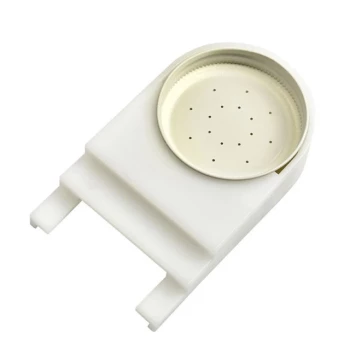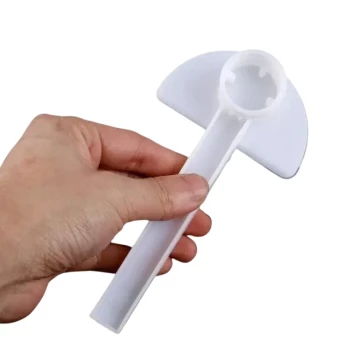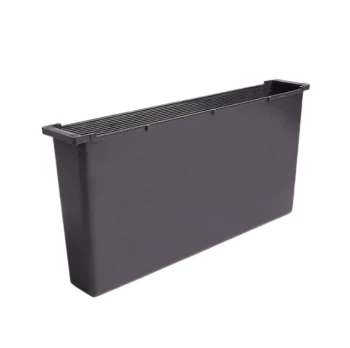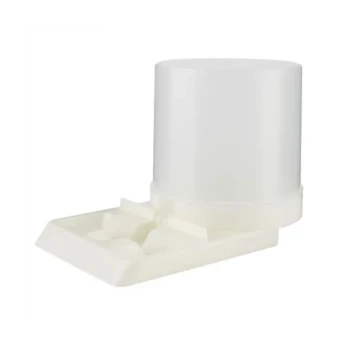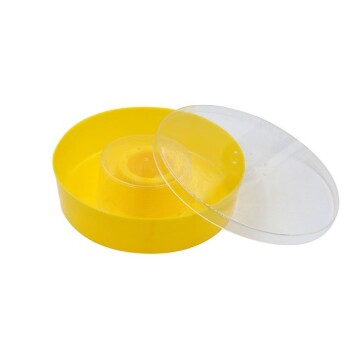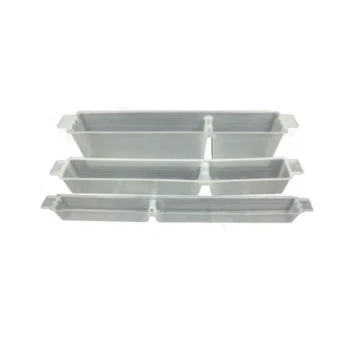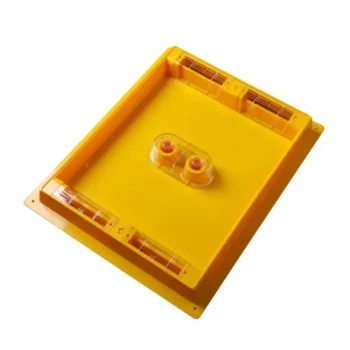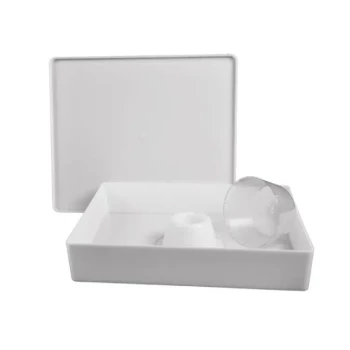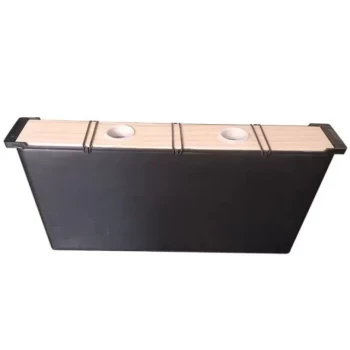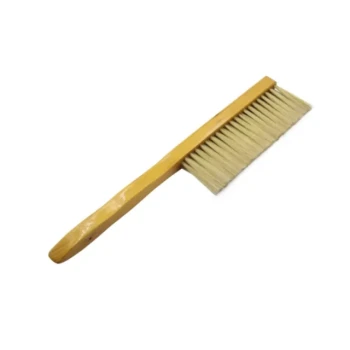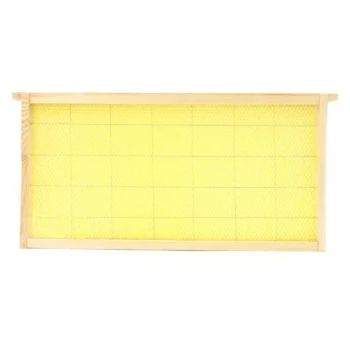The frequency of feeding bees sugar water depends entirely on your specific goal for the colony. It is not a fixed schedule but a strategic intervention used either to stimulate growth with small, regular feedings or to provide winter stores with large, less frequent feedings.
The core principle of feeding is to mimic nature for a specific purpose. You either simulate a light nectar flow to encourage brood-rearing and comb-building (stimulation) or provide a massive food source for the bees to store for winter (sustenance).
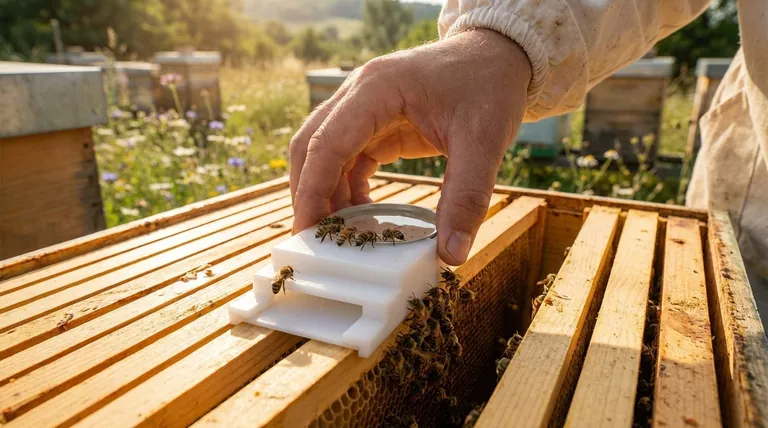
Why Feed Bees? The Two Primary Scenarios
Understanding your objective is the first and most critical step. Beekeepers feed for one of two reasons, and the strategy for each is completely different.
Scenario 1: Stimulation (Building Up)
The goal here is to encourage the queen to lay eggs and the workers to draw out new comb. This is common for new packages, weak colonies, or during a "dearth" when natural nectar is unavailable.
You are mimicking a light, consistent nectar flow.
For this purpose, you feed a 1:1 syrup (one part sugar to one part water, by volume or weight).
Feed small quantities, such as one to two liters, every few days. Consistent, small meals signal to the bees that resources are abundant and it is a good time to expand the colony.
Scenario 2: Sustenance (Winter Stores)
The goal here is to help the colony build up sufficient food stores to survive the winter. This is done in the fall, after the final honey harvest and when natural nectar sources have disappeared.
You are providing a rich, efficient energy source for them to process and store.
For this purpose, you feed a heavy 2:1 syrup (two parts sugar to one part water).
This syrup is fed in large quantities. The goal is to fill the feeder and refill it as soon as it's empty, continuing until the bees have stored enough "syrup honey" to last the winter.
Understanding the Trade-offs and Best Practices
Feeding is a powerful tool, but it comes with risks if done improperly. Understanding the mechanics and potential downsides is essential for responsible beekeeping.
Why the Ratios Matter
A 1:1 syrup has a water content similar to natural nectar. This excites the bees and encourages consumption and activity, which in turn stimulates brood production.
A 2:1 syrup is much thicker. It requires less work for the bees to dehydrate and store, making it an efficient way to build winter reserves quickly.
The Safest Ingredients
Always use white cane sugar. It is the most reliable and safest substitute for nectar.
Never use brown sugar, molasses, or raw sugar. They contain solids that bees cannot digest, which can lead to dysentery and harm the colony.
When to Stop Feeding
It is just as important to know when not to feed. Feeding at the wrong time can be detrimental.
Stop feeding as soon as a natural nectar flow begins. The bees will always prefer the real thing, and you want them collecting nectar, not your syrup.
Critical Pitfalls to Avoid
Mistakes in feeding can lead to robbing, contaminated honey, or a weakened colony.
Never Feed with Honey Supers On
If you are planning to harvest honey for human consumption, you must never feed sugar syrup while those honey boxes (supers) are on the hive. Doing so will result in honey contaminated with sugar syrup.
Avoid Open Feeding
Do not place a dish of syrup out in the open. This will attract bees and wasps from other colonies, leading to "robbing"—a frenzy where invaders attack your hive to steal its resources. Always use an internal hive feeder.
Feeding Too Late in the Fall
In cold climates, stop feeding before the first hard frost. Late feeding can introduce excess moisture into the hive, which is a major threat to a colony's winter survival.
Making the Right Choice for Your Goal
Ultimately, your feeding schedule must be a direct response to your colony's needs and your beekeeping objectives.
- If your primary focus is stimulating a new or weak colony in spring: Feed small batches of 1:1 syrup every two to three days to encourage growth.
- If your primary focus is preparing a colony for winter: Feed large quantities of 2:1 syrup in the fall until they have enough food stored to survive.
- If your primary focus is harvesting pure, natural honey: Do not feed sugar syrup at any point when honey supers are on the hive.
Proper feeding is a sign of a thoughtful beekeeper who provides support only when it is truly needed.
Summary Table:
| Feeding Goal | Syrup Ratio | Feeding Frequency | Key Objective |
|---|---|---|---|
| Stimulation (Building Up) | 1:1 (Sugar:Water) | Small quantities every 2-3 days | Encourage brood production and comb building |
| Sustenance (Winter Stores) | 2:1 (Sugar:Water) | Large quantities until stores are full | Provide efficient energy for winter survival |
Ready to support your colonies with the right equipment?
As a commercial beekeeper or distributor, efficient feeding is key to your operation's success. HONESTBEE supplies the durable, high-capacity hive feeders and other essential beekeeping supplies you need to manage feeding programs effectively, whether for stimulating growth or building winter stores for multiple hives.
Contact our wholesale experts today to discuss your specific needs and ensure your apiaries are well-equipped for every season.
Visual Guide
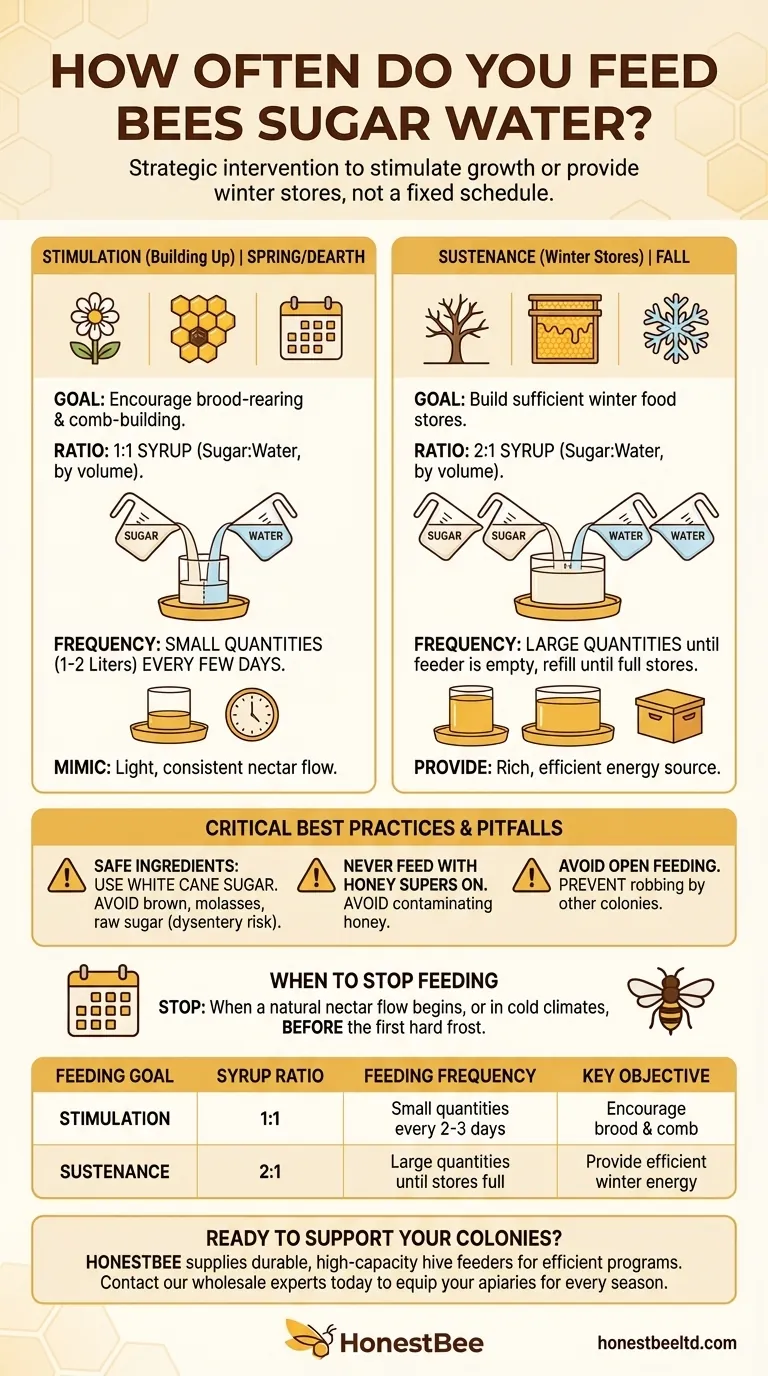
Related Products
- Classic Boardman Entrance Bee Feeder Hive Front Feeding Solution
- HONESTBEE Entrance Bee Feeder Efficient Hive Front Liquid Feeding Solution for Beekeeping
- Boardman Entrance Bee Feeder Durable Galvanized Steel and Wood Construction for Beekeeping
- Professional Hive Front Entrance Bee Feeder
- Professional In-Hive Bee Feeder HONESTBEE Frame for Beekeeping
People Also Ask
- How is the mesh ladder and barrier installed in the feeder box? A Step-by-Step Guide to Prevent Bee Drowning
- How to make an entrance feeder for bees? A DIY Guide for Safe & Effective Feeding
- How can a Boardman Feeder be used to provide water to bees? Avoid These Critical Risks to Your Hive
- What is a common problem with hive front feeders? Avoid Robbing Frenzies and Protect Your Hives
- Should bees be fed after installing a nucleus hive? Ensure Your New Colony Thrives
